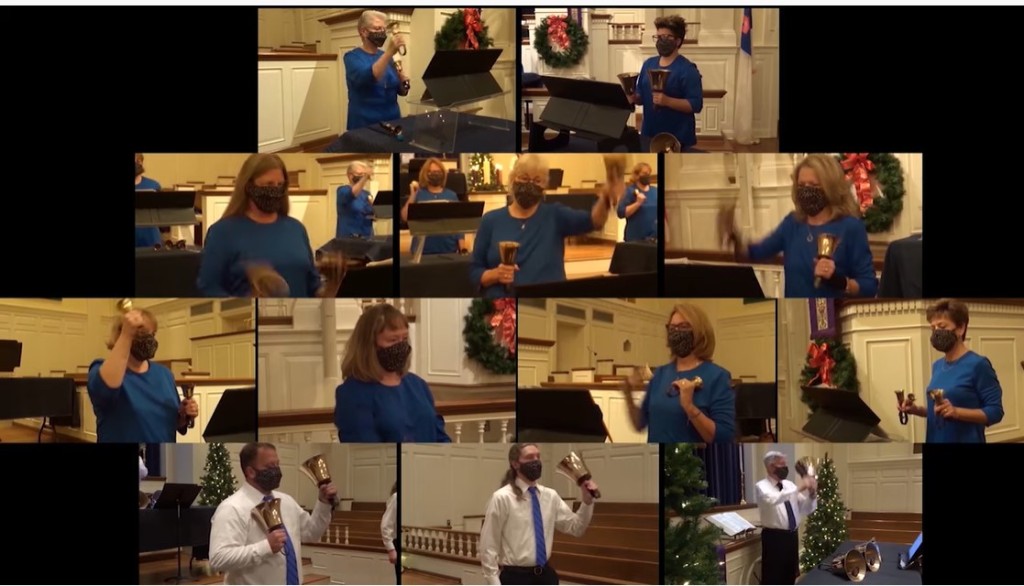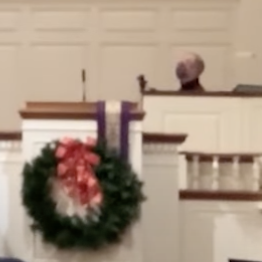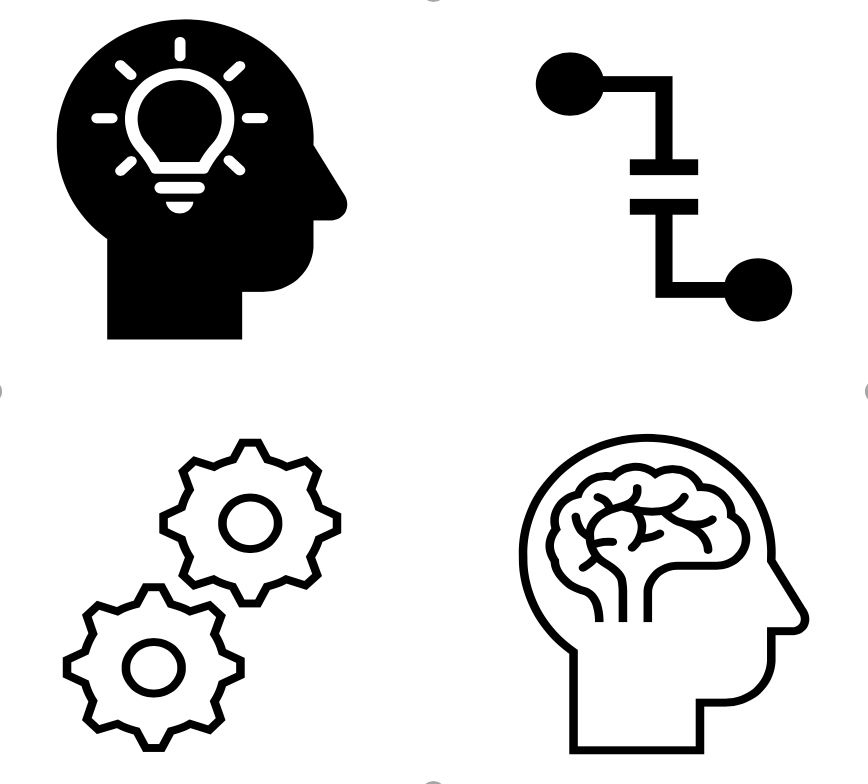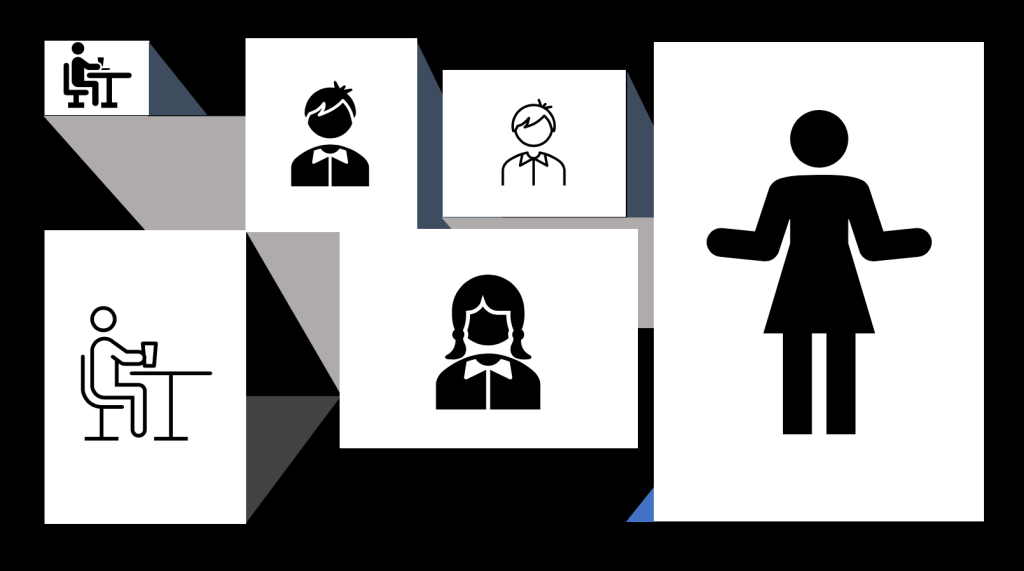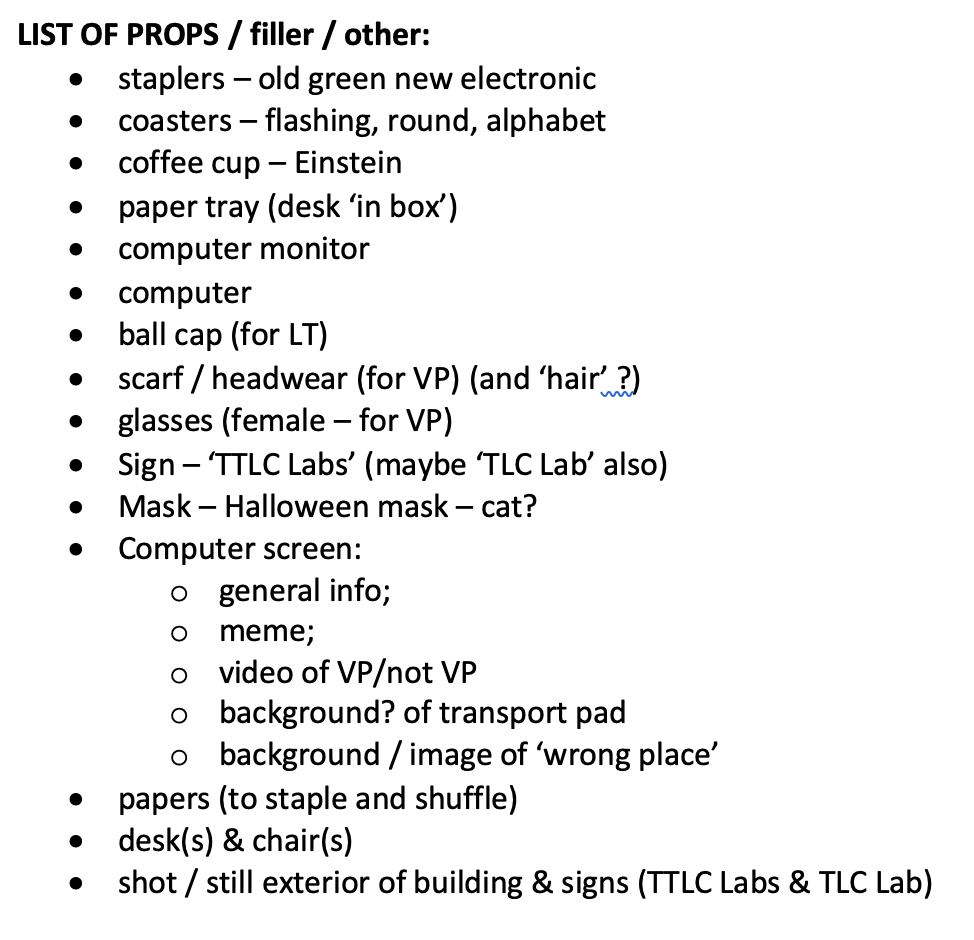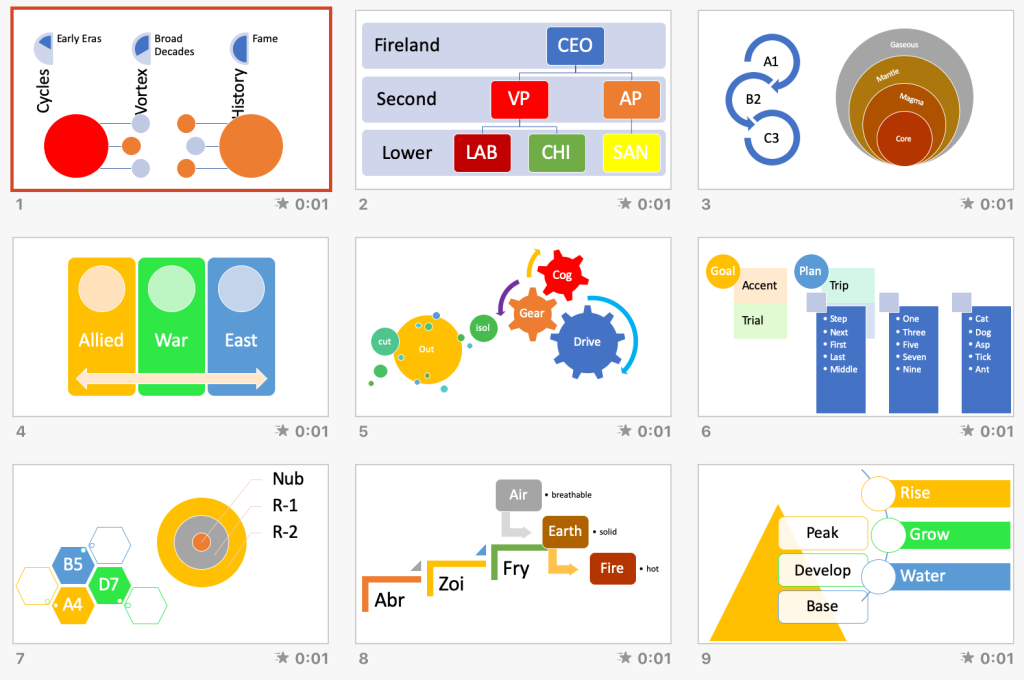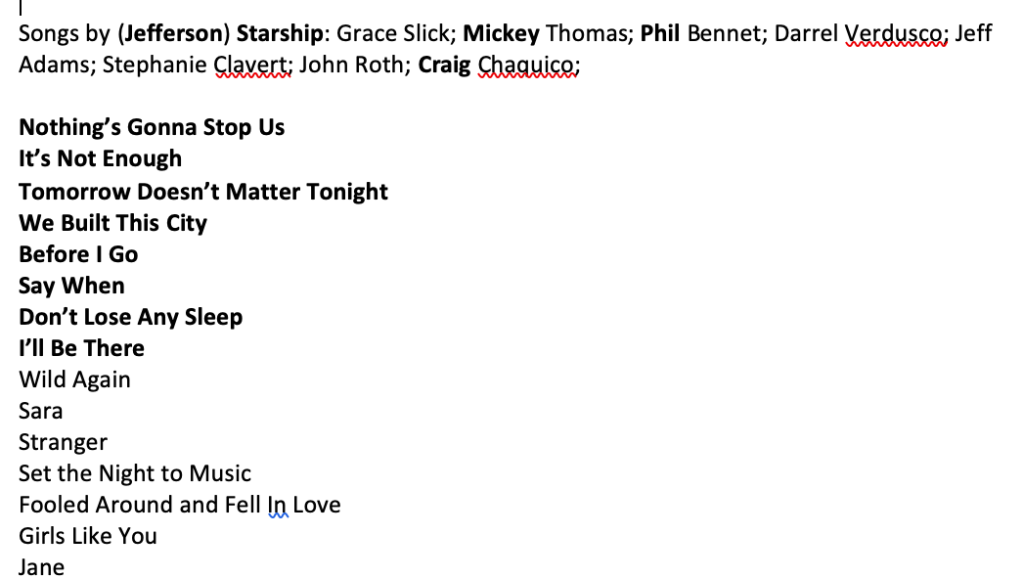Tags
I recently had the opportunity for a new start with some technology. So you can fully grasp the impact of this new start, I’m going to have to take you back . . .
[cue the fade to black, fade in to me looking younger, music appropriate to the time playing in the background . . . well, that’s how they do it in the movies . . . anyway . . .]
With 30 years of service . . .
With 30 years of service, my university gave me some choices. Unlike getting the wrist watch with the university logo on it for 25 years or the fancy desk clock for 20 years, I had a choice of gifts this time to go along with the obligatory photo with the president.
By the way, the 6 and the 9 on the wrist watch lost fell off and flopped around until they tangled with the second hand and stopped the watch from working. I had to take it to the jeweler to get them removed so it would work again. He said it would be no charge to remove them, but if I wanted them back on, it would cost. I have them in a miniature zip-lock bag somewhere in a drawer.
My choices for this 30th anniversary service gift included a captain’s chair or rocker with the university logo on it and a few other items. I noticed it did not include the telescope that I saw previous people chose, but that was OK because I saw that there was an iPod Nano on the list.
So with 30 years of service to my university, I received an iPod Nano. I used it happily, linking it to my university-provided Mac Book to update the podcasts, music and playlists. I listened to a variety of podcasts about teaching, technology, and other personal interests. I also had my extensive music collection on it with playlists for nearly every mood.
My old truck did not have blue tooth or any other ‘modern’ connection for it. However, my tech-savvy neighbor got me something to plug into the cigarette lighter and tune in to an unused radio frequency so I could listen to music and podcasts while driving around. My wife’s car, however, did have Blue Tooth. She was pleasantly surprised when we took a trip to visit friends 6 hours away. We had our own, uninterrupted music the whole trip!
I loved it. (Notice the past tense in that brief, sad sentence.)
Yes, one day I apparently forgot to lock my truck in the campus parking deck. I returned to my truck to go home and noticed my iPod Nano was not there. (Yes, I hid it under things, but obviously that was not good enough.) Someone stole my iPod Nano. Very oddly, also, they stole my Bible. I’m praying they read it and become a better person (among other things).
So I was “podcastless” (yes, that is now a word) and was back to the limited music selection of radio stations. Then . . .
With 33 years of service . . .
Then with 33 years of service to my university, they called me and told me that they were eliminating my position. It had nothing to do with the quality of my work or service, they just had to save some money (due to the enrollment drop during COVID). Not like getting an iPod or a clock. Not even a photo!
Skip ahead a while, [now you see me looking old again, and current hit songs are playing . . . just keeping the movie theme going]. Through some connections, conversations and proximity to other education professionals, I was asked to teach a session to a graduate class on conflict management and negotiation (part of my area of expertise). For that class session I received what is like “professional development funds” – not actual “pay” but money to use for books, conference fees, or something “professional.” I had to let the office know what I wanted and they would purchase it. Yes, that limits what I would possibly use the money for, unlike if it were actual cash in my pocket.
Thinking about it, I decided to purchase an iPod Touch. Nanos were no longer available, and this is actually an upgrade. With some of the remaining funds, I had them purchase an optical drive so I could re-record my CD’s and listen to music, too.
So now I have a new start with technology. I no longer have the university-provided Mac Book, but we have one in the house. I have to make sure I use it to pair with and update my iPod Touch, playlists, etc., when others are not using the Mac Book since I discovered I can’t do it well at all with my PC laptop. But that is OK. I have my podcasts and personal music back again.
But that’s not all! With the iPod Touch, I can download other apps, so I can have my Netflix with me, some games (now I can really waste some time!), and other helpful apps.
My new vehicle has Blue Tooth, also. So it is so very simple to listen to my podcasts and music when I drive around. I don’t have to plug anything in – unless I want to charge it while I listen! It is quite pleasant.
My new start with technology has just begun. As you may have guessed, I am enjoying it. I’m glad I didn’t have to wait for 35 or 40 years of service to the university to get it. Who knows what they would have offered then, but I’ll never know. I saved them some money – they don’t have to give me another gift now!



